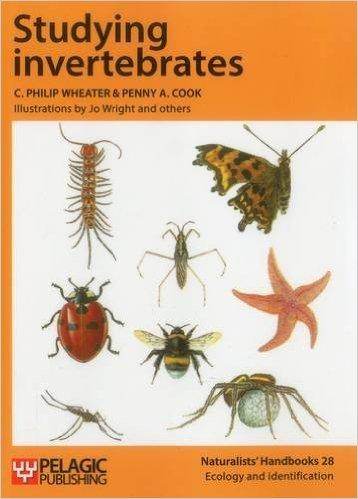image from amazon.com
published by
Pelagic Publishing
Summary
Studying Invertebrates is a comprehensive guide to designing and carrying out ecological investigations, especially those involving sampling invertebrates. A highly practical guide to fieldwork, statistical testing and interpretation. The book introduces ways of designing and analysing experiments so that complex situations can be described and summarised, comparisons made, and interactions between organisms and their environment examined objectively.
The books in this series are designed to encourage readers to undertake their own studies of natural history. Each one describes some relevant techniques, but they have not enough space to cover the substantial body of more generally applicable ideas and approaches that underlies the design and analysis of such field studies. By describing a selection of these general methods,
Studying Invertebrates aims to support those venturing into ecological fieldwork for the first time. The authors have plenty of experience in helping beginners to plan, carry out and interpret ecological surveys and experiments, and hope this handbook will serve as a welcome companion and guide, especially for those who lack confidence in their knowledge of statistical and other methods.
Where to get it?
amazon.com
amazon.co.uk
amazon.ca
amazon.com.au
Pelagic Publishing
Related website
Author page at Pelagic Publishing 



















